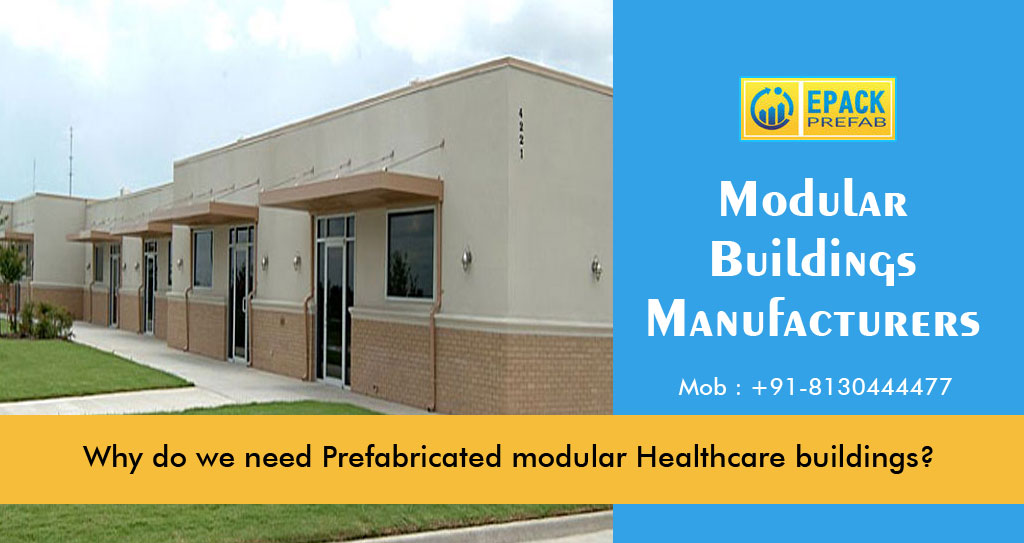In 2020, disasters have occurred on an almost annual basis. Others would have died, the healthcare system would have collapsed, and a large number of people would have lost their employment. As the rest of the world goes into crisis prevention mode, those in charge of healthcare facilities are getting ready for the next wave of the pandemic. Some delayed or stalled construction projects have lately picked back up again. We anticipate a rise in demand for rapid hospital building projects in 2021 as a result of preparations for another potential emergency. The problems of today demand innovative approaches. Therefore, a novel approach to building will be required.
The solution to this issue is prefabrication and modular building. The construction industry is seeing increased demand for them. Prefabrication is a construction method wherein individual building parts are produced off-site and then delivered to the construction site, where they are assembled and installed. This method is 50% faster than the old way of doing things. A modern, high-quality alternative to traditional civil construction, modular components are installed in stages.
Some may question why the healthcare sector should use modular construction techniques in light of the sector’s recent popularity. Whether or not you’ve decided that modular prefab building is right for your business, this piece will give you an idea of the many benefits your company could get.
Before moving forward, however, it is essential to do an initial assessment of a prospective prefab seller and to weigh the benefits of prefabricated construction.
Don’t be late for any of your booked appointments
Even while both modular construction and conventional construction start with a detailed design plan, modular construction is significantly faster. One of the biggest draws of prefab buildings is how rapidly they can be erected. At the same time that the groundwork for the site is being laid, building materials are being fabricated away from it. Thus, there are no further holdups due to bad weather. You should always strive to meet your deadlines. When compared to the conventional building approach, which takes 12 months to complete, prefabrication cuts the time needed to build a project in half, to just 90 to 120 days.
Construction that can be relied upon over and over
With its streamlined procedures and off-site fabrication, prefab building is exceptionally dependable. Professionals in the healthcare industry can rest assured that their project will be completed on time and within budget. The building parts are produced in a climate-controlled environment and then checked for quality before being shipped out.
There will be a need for similar healthcare facilities in the future, and your prefabricated design may be easily copied for those. Projects can be finished more quickly as a result of this. It’s easier for consumers to identify a brand when it has a consistent look and feel across all of its products.
Best practise for minimising building costs
The cost-cutting benefits of modular building are common knowledge. The financial strain the pandemic has placed on all businesses is all the more reason to embrace modular architecture. The simplified processes involved in prefab construction could help you stick to your budget and prevent unexpectedly high expenses. There is also little room for error because both the building and the setting up are automated. Because less effort and time is required, the whole price tag is lower.
Due to the increased demand for healthcare construction in the aftermath of the epidemic, shorter timelines must be met. The EPACK factory has been in operation for over 20 years, and it has the capacity to handle a wide variety of projects. There are institutional, tertiary, and vocational initiatives in our portfolio. Since we operate our own factory and employ a large number of people, our service and delivery network can reach customers wherever in the country.


